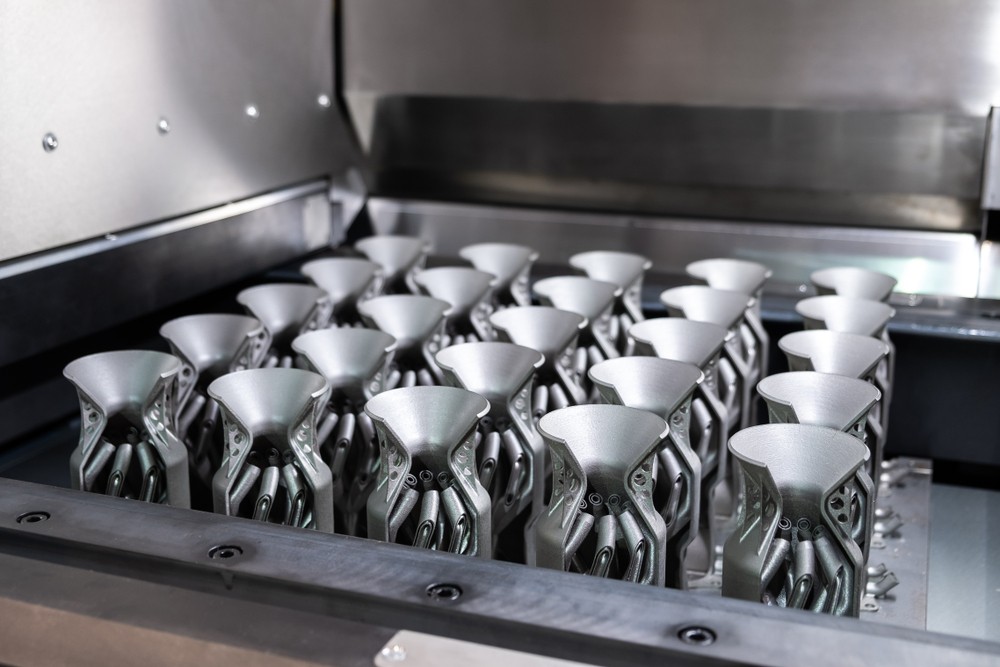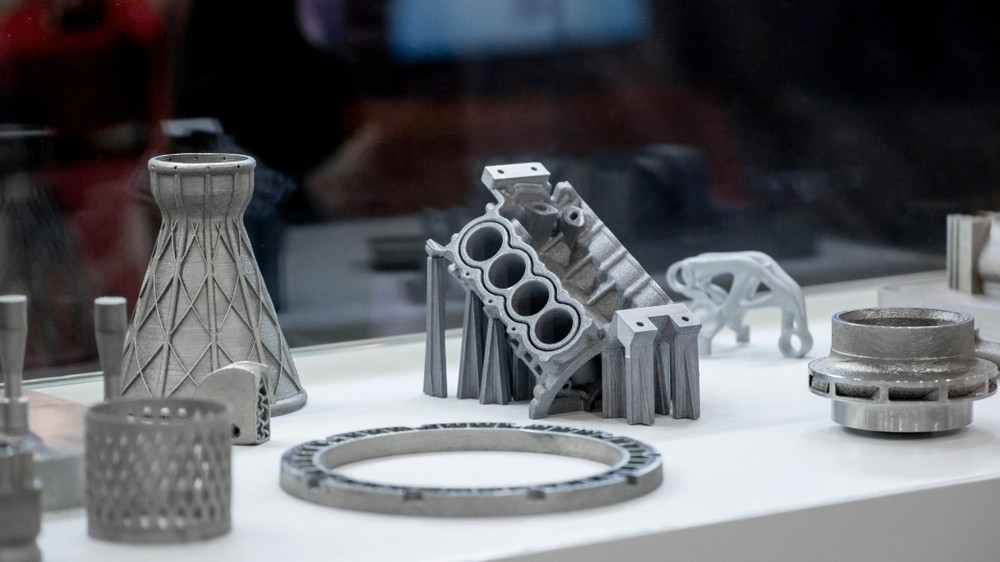Aerospace and Aviation are the Driving Force Behind a Rise in Additive Manufacturing

Aerospace — with its aviation and defense sectors — is a pillar of domestic manufacturing. It’s also one of the biggest drivers of innovation for manufacturing as a whole. The complex engineering and production capabilities of this field tend to bleed over into other sectors, driving innovation in everything from transportation to food processing. The most recent example of this prolific innovation is additive manufacturing.
While additive manufacturing has been around for some time, it’s struggled to gain traction at scale. Now, aerospace manufacturers are proving this technology in its most rigorous application: the manufacture of jet engines. It’s a use-case bound to open the door to other areas of manufacturing.
What is additive manufacturing?
Additive manufacturing involves building objects with extrusion — or layering materials. It’s essentially large-scale 3-D printing using materials other than plastic resins. These substrate materials include concrete, powdered alloys, and more. There are early-stage trials for additive manufacturing with bioorganic materials.
When it comes to the aerospace and aviation industries, additive metal manufacturing is breaking new ground. Powdered alloys are especially difficult to work with because of the density and strength imbued in layered forms. But aerospace manufacturers are producing exceptional results.

Additive manufacturing for aerospace and aviation
Aerospace and aviation are using additive manufacturing more effectively than virtually any other industry, and there is no shortage of amazing examples for proof of concept.
GE Aviation uses additive manufacturing to create fuel nozzles for its Leap turbofans, which it produces in conjunction with French aero-engines group, Safran. It also uses the process to produce up to 292 parts for its GE9X engine. Rolls-Royce uses additive manufacturing to create titanium aerofoils for its Trent XWB-97 turbofan engines.
Aerospace and aviation are leading the charge in effective utilization of additive manufacturing — and they’re doing so in an industry with more stringent and demanding criteria than any other.
The benefits of an additive approach in aerospace
The benefits of additive manufacturing continue to entice manufacturers, especially those within the aerospace industry. The process is already having a positive impact on several areas of production, including design and production tooling. Additive manufacturing also dramatically reduces storage costs. Other benefits include:
- Maximizing design freedom
- Providing mass customization options
- Accelerating time-to-market
- Consolidating supply chains
- Meeting low-and mid-volume production demands
Since aerospace and aviation manufacturing involve intricate, short-run, customizable components, they require equally customizable solutions. Additive manufacturing is the answer — particularly for relatively low production runs.

Paving the way for other additive industries
The aerospace and aviation industries have already proven additive manufacturing an excellent asset — making other industries more likely to invest in the technology. If it’s good enough for two industries with the strictest engineering and manufacturing requirements, other sectors should consider the possibilities.